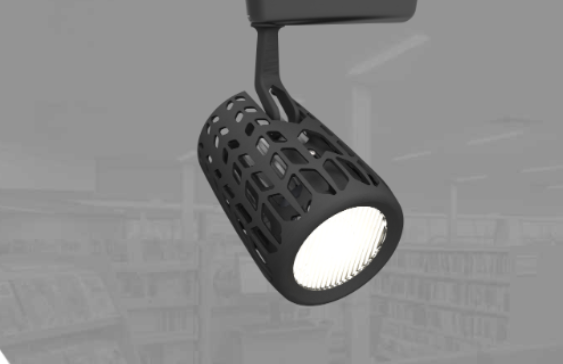LimeLite, a lighting manufacturer based in Swinburne, Australia, worked with product designers from Swinburne’s School of Design to create a 3D printed energy efficient lighting range called On Track.
LimeLite is a Swinburne, Australia-based lighting manufacturer with a new range of energy efficient lighting models. What makes this line special is that the complex designs are only achievable by using 3D printing.
To create this line, the lighting manufacturer worked with product designers from the Swinburne School of Design. The resulting lighting range is called ”On Track.”
The reason for the pairing between the lighting manufacturer and design school was to find out whether it was possible to integrate 3D printing into commercial production. They add that using the technology this way was previously a relative unknown.
Together, the product designers and manufacturers worked on market research for 11 months. They trialed the 3D printing technology and materials. But, they also wanted to find ways to incorporate advanced control electronics.
“Without the Swinburne team, this range simply wouldn’t have occurred. We are very excited about the OnTrack range and its great export potential,” said Paul Hearne, CEO of LimeLite Sales and Marketing Pty Ltd.

LimeLite OnTrack Offers Five 3D Printed Models
The result of the LimeLite On Track project is five 3D printed models. The designs will be available in October and will show off the capabilities of 3D printing.
Each light takes between ten and thirty hours to 3D print and has a “delicate form.” Colors available are either black or white, and the final prints have a textured finish.
LimeLite uses a blend of ABS and other ingredients. This blend ensures the lights are resistant to extreme heat and also meet the luminaire design standards’ requirements.
Previously, LimeLite used injection molding to create plastic luminaires. But, since deciding to use 3D printing, the company has invested in 30 Zortrax M200 3D printers (review here).
The high-end 3D printers are held in the company’s Thomastown factory in Melbourne. However, a full-time member of staff works purely with the printers to ensure everything is running properly.
“The most exciting part of this project was creating truly unique designs without the manufacturing constraints of plastic injection molded parts. 3D printing allows complex geometries to be created, unlike injection molding. Using 3D printers also avoids massive investment in retooling, and low risk of an expensive, unpopular design languishing on the shelf. If no one orders it, it simply doesn’t get printed,” explains Professor Blair Kuys, Chair of Swinburne’s Department of Interior Architecture and Industrial Design.
Visit the LimeLite website to find out more about the On Track lighting range.
Source: Swinburne University of Technology

License: The text of "LimeLite Creates Energy-Efficient Lighting Range using 3D Printing" by All3DP is licensed under a Creative Commons Attribution 4.0 International License.